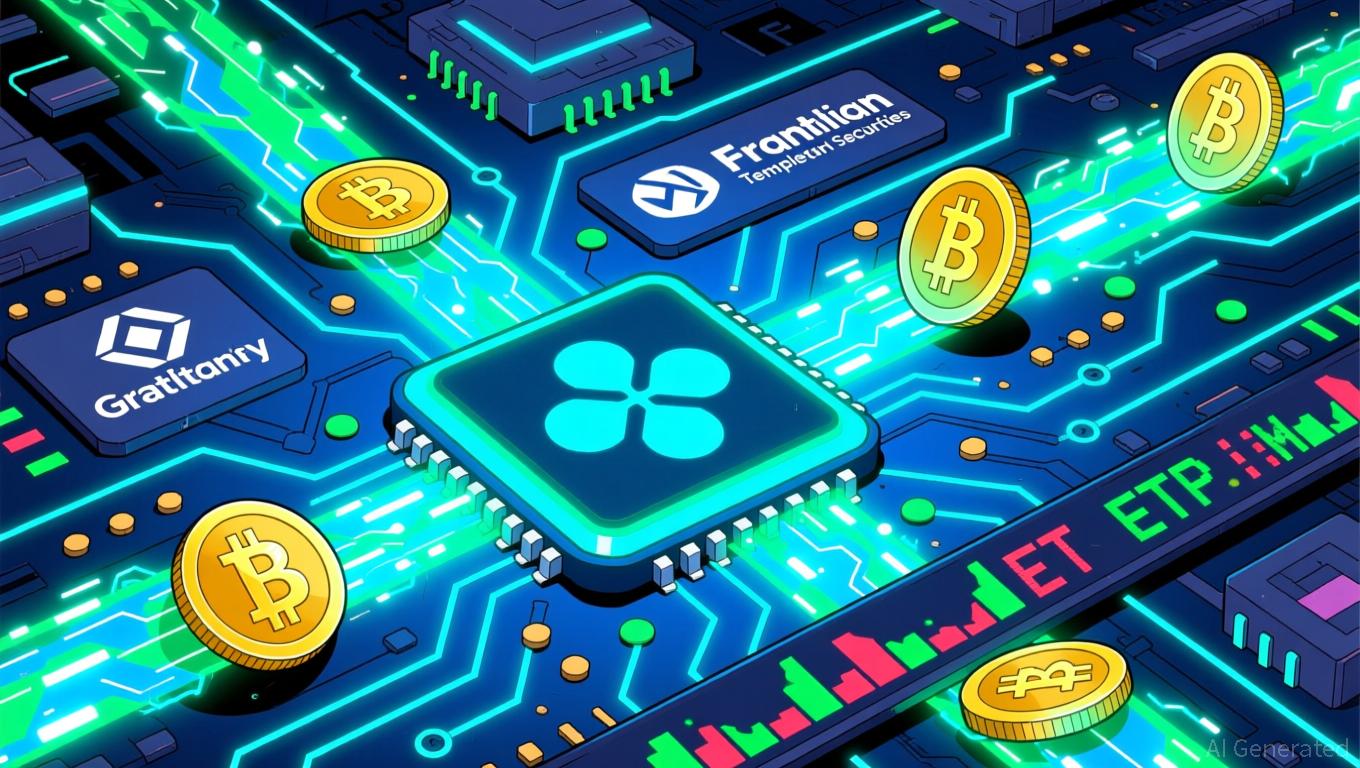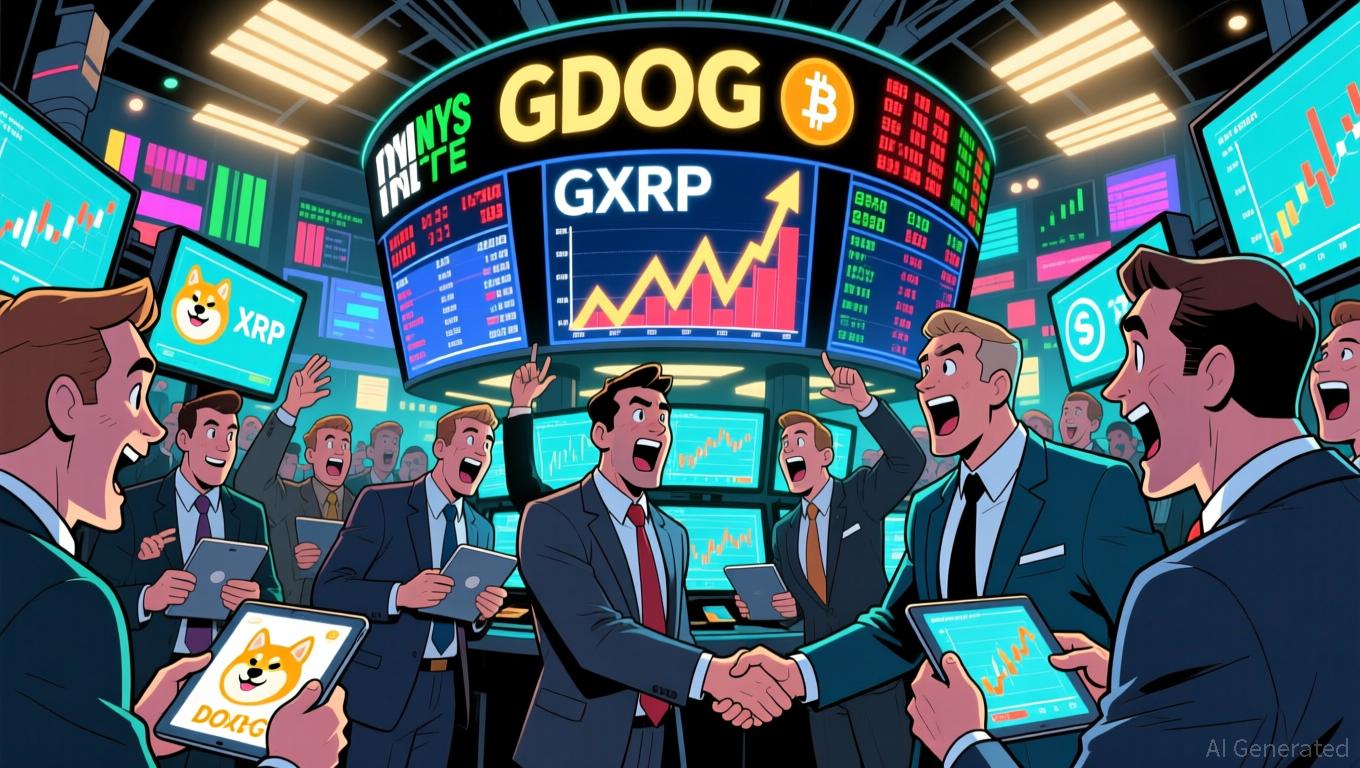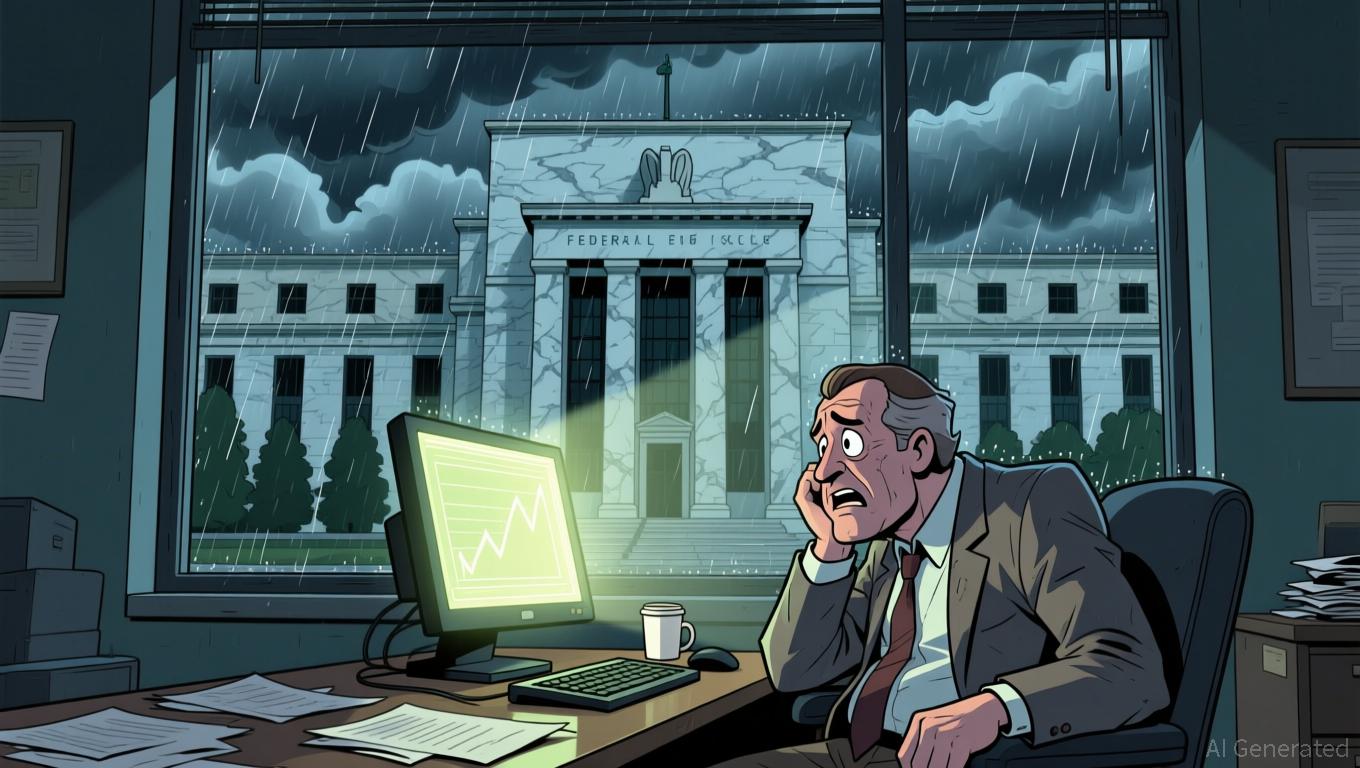Retailers Navigate Profit and Ethics in a Technology-Focused, Responsible Age
- Retailers adopt AI for supply chain optimization, with 90% planning deployment and 40% automating inventory/shipment tasks via agentic AI. - Cybersecurity spending rises (35% allocate >$50k/year) as retailers address data privacy risks and legacy system integration challenges. - Sustainability drives emission reductions (Rackspace -10% 2023-24) and renewable energy goals, while Coca-Cola balances pricing strategies amid competitive pressures. - Ethical AI debates intensify: Microsoft bans erotic chatbots
Retailers are swiftly responding to evolving consumer demands by embracing cutting-edge technologies and placing a greater emphasis on sustainability, as demonstrated by current market trends and business initiatives. An
Sustainability continues to be a major priority, with organizations such as

Ethical issues surrounding AI development are also influencing business policies. Mustafa Suleyman, Microsoft’s head of AI, stated that the company will not create AI chatbots for adult content, setting itself apart from OpenAI’s more lenient approach, as covered in
Market conditions are also shifting as retailers adjust to consumer expectations for higher quality and greater transparency. The Indian egg industry, valued at $7.19 billion in 2024, is expected to expand at a 10.4% CAGR through 2034, fueled by government nutrition initiatives and increasing demand for protein-rich foods, according to an
Altogether, these changes point to a significant transformation across the industry, where innovation, environmental responsibility, and ethical oversight are coming together to reshape the retail and consumer sectors. As businesses steer through these changes, maintaining a balance between financial success and social responsibility will remain a key concern.
Disclaimer: The content of this article solely reflects the author's opinion and does not represent the platform in any capacity. This article is not intended to serve as a reference for making investment decisions.
You may also like
DeFi's Automation Shortfall Addressed: Orbs Introduces dSLTP to Achieve CeFi-Grade Risk Control
- Orbs launches dSLTP, a decentralized stop-loss/take-profit protocol for DEXs, bridging CeFi automation with DeFi. - The protocol automates risk management via on-chain orders, reducing real-time monitoring needs during volatility. - Built on Orbs' Layer-3 infrastructure, it enhances DEX functionality with CeFi-grade tools while maintaining decentralization. - This innovation addresses DeFi's automation gap, potentially driving DEX adoption and institutional-grade on-chain trading.

XRP Latest Updates: XRP ETFs Enhance Market Liquidity, Large Holder Sell-Offs Postpone Price Increases to 2026
- XRP ETFs launched in late 2025 (e.g., Grayscale's GXRP) expanded institutional access, but whale sales delayed price gains until 2026. - XRP traded near $2.12 as 41.5% of its supply remains in loss, with whale-driven volatility and structural supply imbalances persisting. - Ripple secured $500M institutional backing for XRP Ledger infrastructure, while projects like XRP Tundra accelerated tokenization plans. - XRP trails Ethereum in market cap ($129B vs. $373B) due to lack of smart-contract capabilities,

Dogecoin News Today: Grayscale's Alternative Coin ETFs Indicate Change: Bitcoin Withdrawals Differ from Rising Interest in Altcoins
- Grayscale launches GDOG and GXRP ETFs on NYSE, offering direct exposure to Dogecoin and XRP via spot ETPs. - ETFs convert private trusts to public offerings, aligning with industry trends to boost liquidity and attract institutional capital. - GXRP competes with existing XRP products ($422M inflows), while GDOG follows DOGE's rise to 9th-largest crypto by market cap. - SEC's "Project Crypto" framework and FalconX partnership strengthen Grayscale's position in regulated altcoin investment vehicles. - Altc

Bitcoin Update: Federal Reserve Postponements and $1.2 Billion ETF Withdrawals Trigger 26% Drop in Bitcoin Value
- Bitcoin falls 26% to $83,000 amid Fed's delayed rate-cut timeline and $1.2B ETF outflows, marking its longest losing streak since 2024. - Analysts warn of structural risks, with Bloomberg's Mike McGlone projecting a potential $10,000 drop and Cathie Wood revising bullish 2030 forecasts. - Market volatility intensifies as JPMorgan's index exclusion proposal sparks crypto sector backlash and S&P 500 defensive sector shifts highlight interconnected risks. - Fed's December rate-cut speculation and upcoming i
